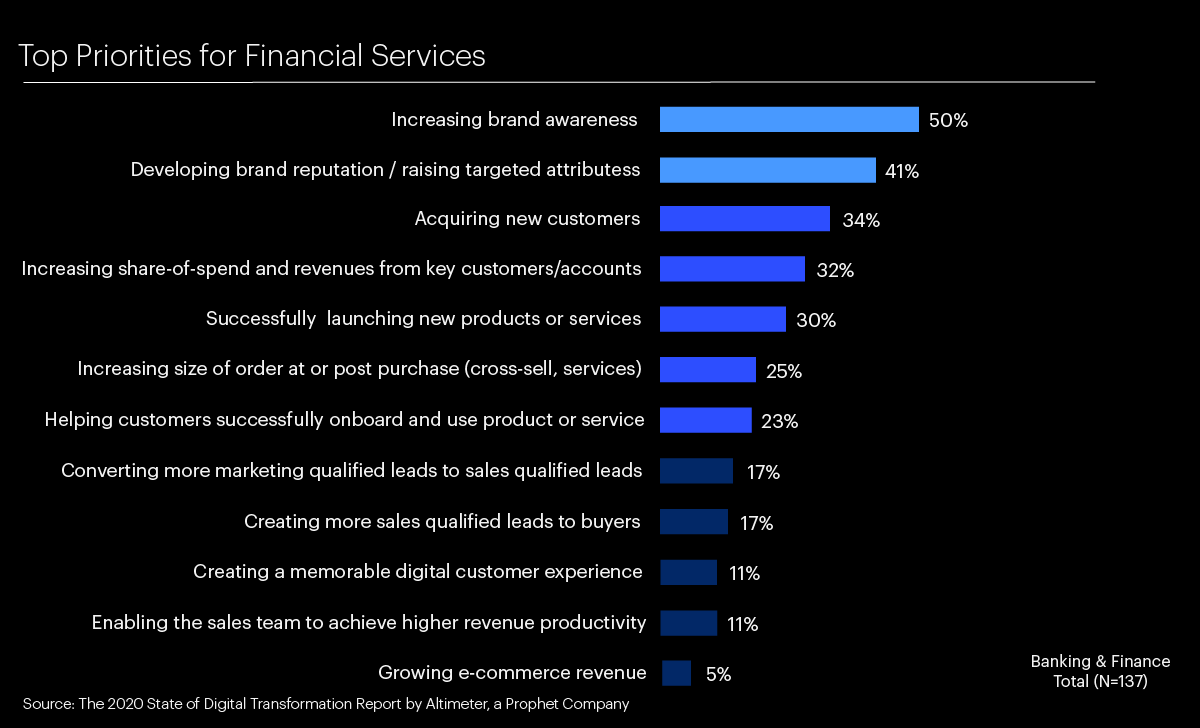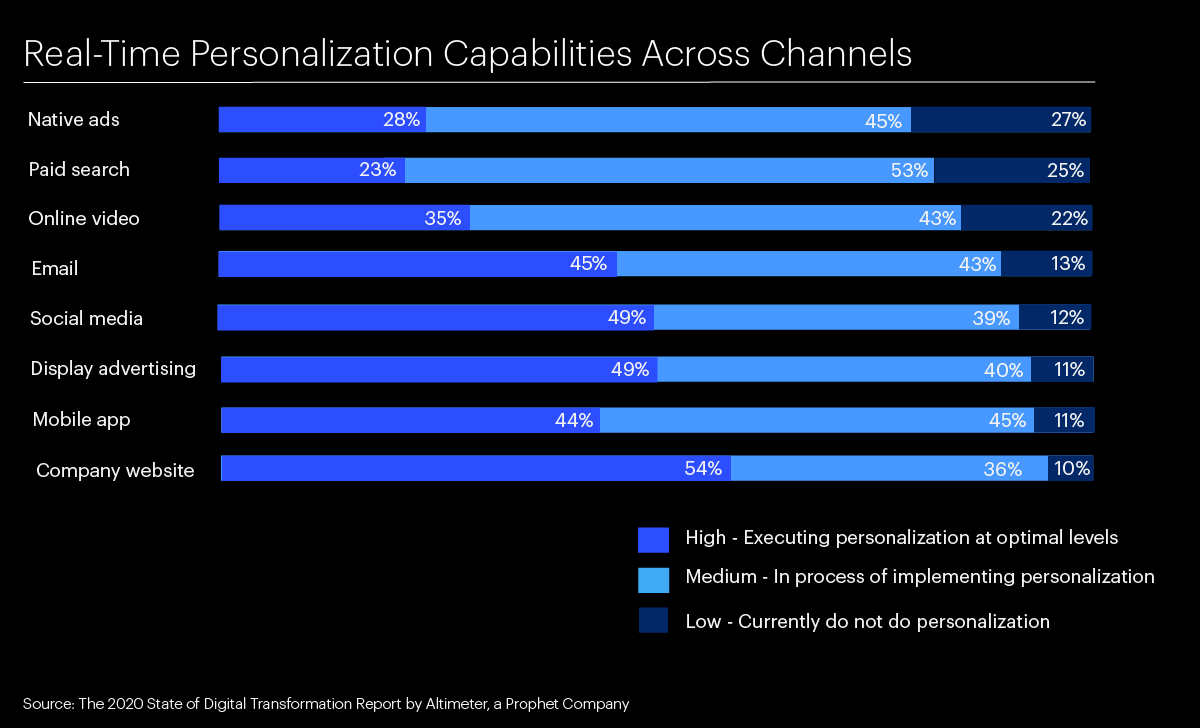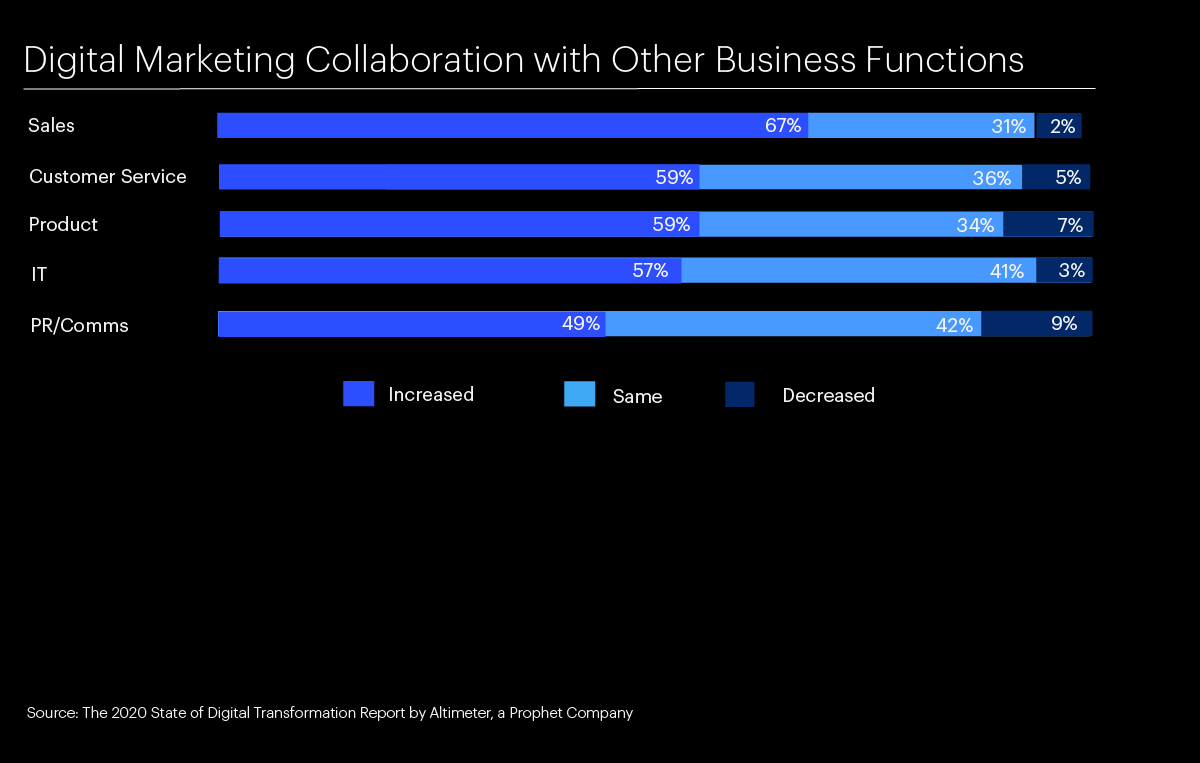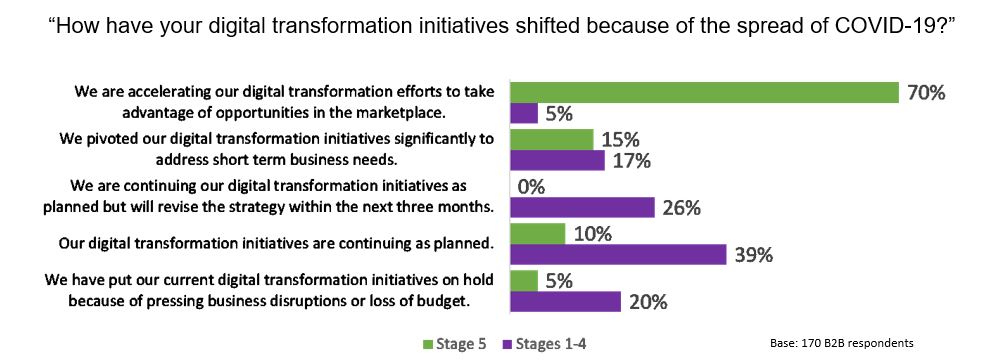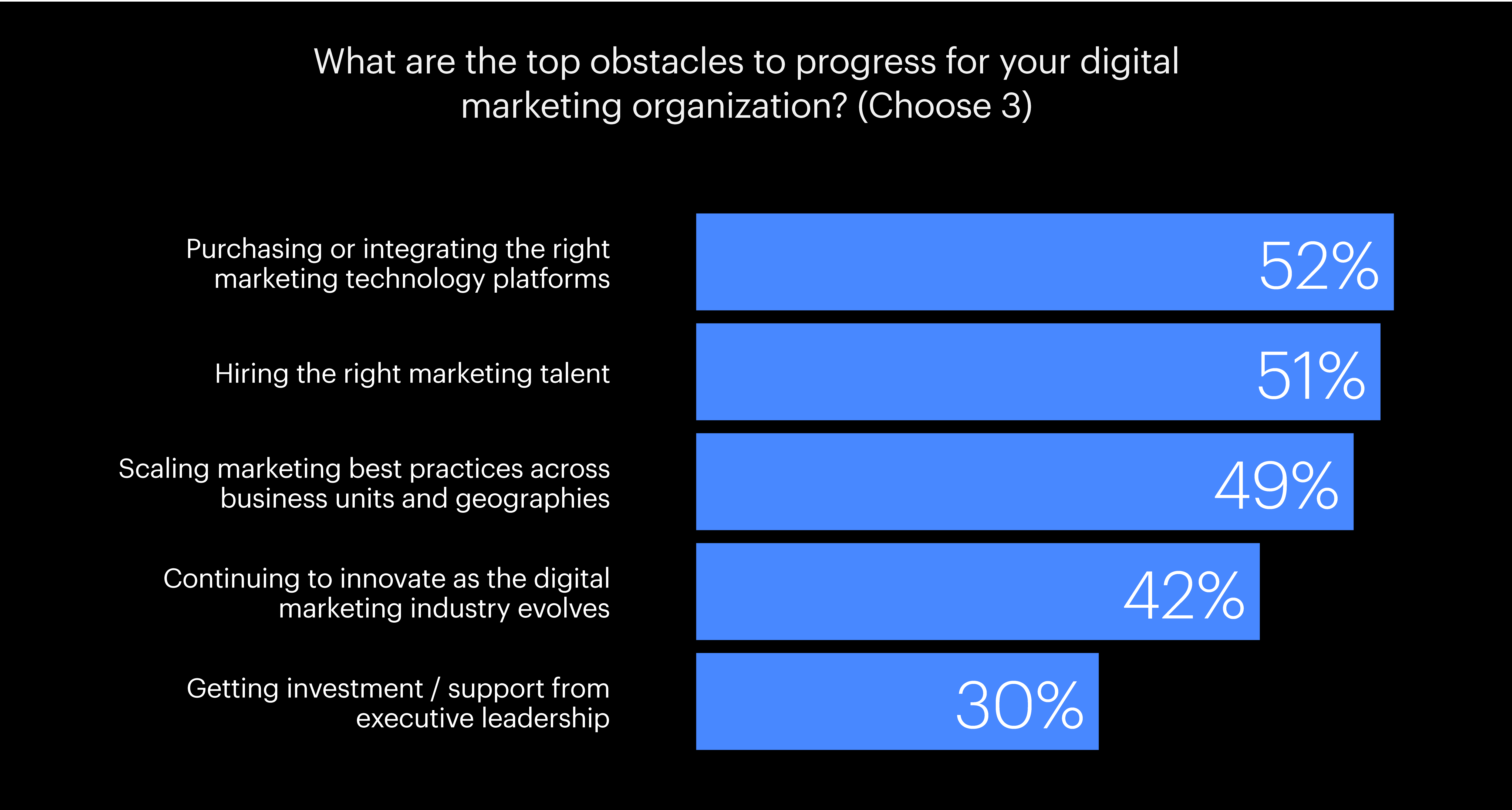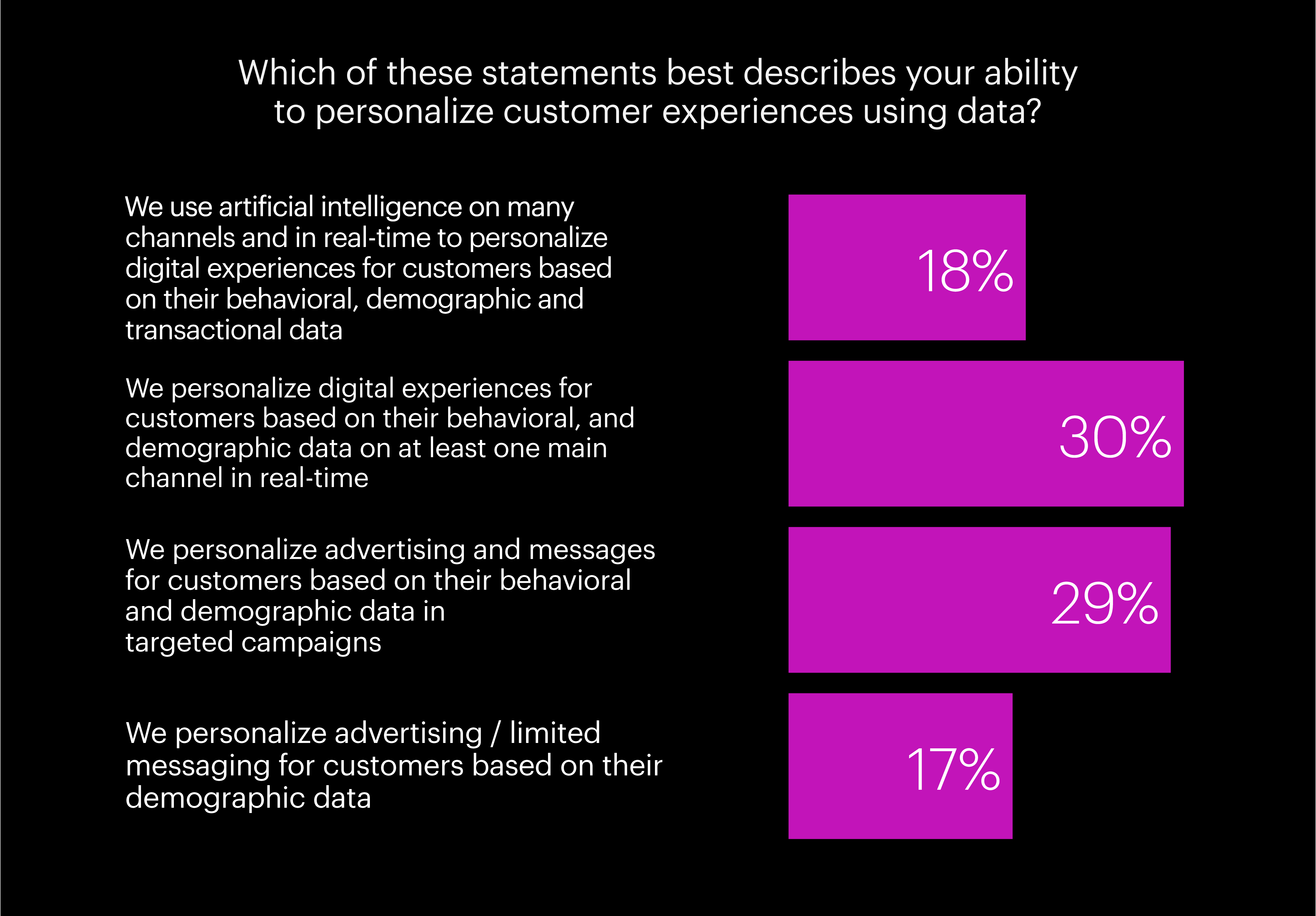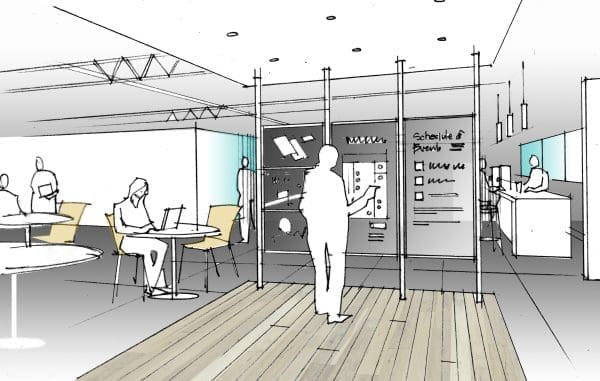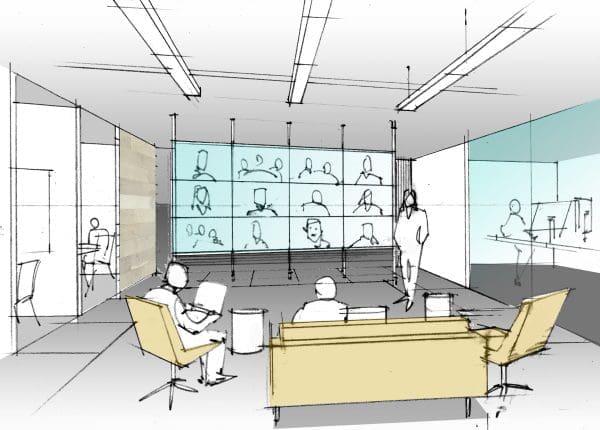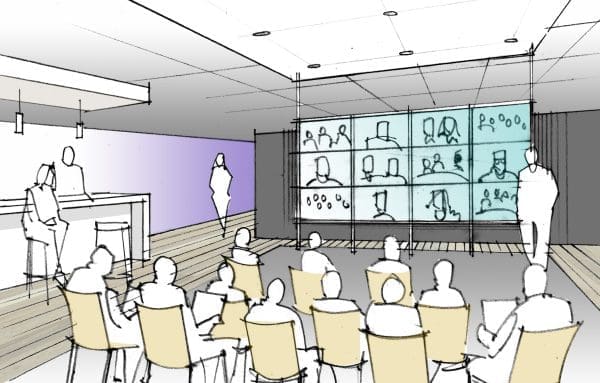Today, marketing plays an outsized role in shaping the experiences of customers and prospects. Chief marketing officers are increasingly responsible for delivering on company growth objectives, which means playing a larger part in the selling process. And this trend is intensifying as more customers demand highly-personalized interactions, requiring much deeper marketing and sales alignment.
These shifting dynamics position a CMO as the best tool, ally and salesperson the company may have. Let’s uncover five traits of great salespeople, where many CMOs already excel.
1. They’re hungry.
The best salespeople are eager to take on new accounts— aggressively delivering for the company.
With more digital marketing and measurement in place for most firms, the C-suite now expects marketing to not only contribute to growth objectives but also lead and deliver in a measured way. Increasingly, CEOs expect marketing to drive the bottom-of-funnel demand generation. With availability 24 hours a day, the modern marketing engine is constantly targeting advertising to attract new customers. More targeted marketing leads to more targeted customer-segment success. Both, marketing and sales teams are eager, hungry and incentivized to take on business outcomes by delivering an insightful view into how best to attract, convert, and serve the most desirable customers.
Many marketers are already there. Our Altimeter 2020 State of Digital Marketing report finds that the top objectives for digital marketing are to acquire new customers (40%) and increasing revenue from current customers (39%) are the top objectives for digital marketers.
2. They’re empathic listeners.
Top sellers have to be great listeners. They must understand the customer’s needs and how best to position the company, its products and services to suit them.
Listening to customer needs and delivering insights isn’t a new marketing function or capability. What has changed is the breadth and depth of that involvement for marketing. Marketing is much more involved, using insights to drive segmentation strategies leveraged by many different channels to sense and differentiate experiences based on segment needs.
Emerging self-service and “always-on” digital channels that can initiate interaction and carry it through to a sale are becoming more common, even in complex B2B selling scenarios. As marketing plays a critical role in developing customer experiences, the need for more personalized content, driven by marketing and sales, is also growing. As before, marketing must play a key role in listening to customers in all channels to generate meaningful insights. Marketing is also best positioned to enable more and better interactions, playing back sufficient empathy for customer needs in real-time.
Our research found that 95 percent of companies can personalize messaging and experiences based on customer data, with almost one-fifth using AI-driven predictive analytics to do so. (Altimeter 2020 State of Digital Marketing)
3. They build trust.
Effective selling requires strong relationships built on trust. That includes internal relationships.
There has been a notable increase in collaboration with sales, with 75 percent of companies in our research said they have stepped up the way the marketing and sales functions work together in the last two years. And 60 percent have increased collaboration between marketing and customer service.
As prospects enter a firm’s funnel, marketing plays a critical role in capturing, quantifying, measuring and reporting more data on behaviors exhibited by different prospect groups. As marketing’s personalized interactions drive interest and affinity, the coordination of sales and marketing efforts highlights opportunities to build trust and loyal relationships with customers.
Just like a good salesperson remembers birthdays and children’s names to build familiarity, marketing is now capturing important details to reinforce important and tailored messages. Marketing can also scale this level of intimacy with existing customers to improve repeat purchases, cross-sell, up-sell and grow advocacy to gain new customer referrals.
There has been a notable increase in collaboration with sales, with 75% of companies increasing collaboration between marketing and sales in the last two years, and a 60% increase in collaboration between marketing and customer service. (Altimeter 2020 State of Digital Marketing)
4. They are prepared to optimize efficiencies.
The best salespeople are always well prepared. For full closed-loop reporting and deep customer insight to be achieved, marketing and sales are linking their data to back-office data.
Stitching together this back-office account information to customer behavior is the next big play for companies. It’s how they can deliver better experiences, improve operating models to focus on business outcomes and enrich overall decision-making.
It’s not surprising that the most desired skills for digital marketing new hires were data analysis (42%) and marketing automation expertise (39%).
Much of this work starts with more alignment of sales and marketing incentives and integration of their processes. This complete view allows the organization to coordinate marketing and sales efforts for greater efficiency. Marketing can then leverage AI/machine learning to automate many processes, delivering both marketing and sales interactions. Marketing can now sense the next customer need. When marketing is fully prepared, sales can show up ready for anything, armed with the right insight and offer at just the right time.
It’s not surprising that the most desired skills for digital marketing new hires were data analysis (42%) and marketing automation expertise (39%). (Altimeter 2020 State of Digital Marketing)
5. They’re polished.
Even the most likable salespeople underperform when they aren’t professional and organized.
While it’s wonderful that so many sales departments are rebuilding Customer Relationship Management systems, Content Management Systems and Campaign Automation technologies, these silos need to be linked together effectively. Whether they are from Microsoft, Adobe, Salesforce or others, they can become vast repositories of disconnected data.
“When marketing is fully prepared, sales can show up ready for anything, armed with the right insight and offer at just the right time.”
Companies can and are stitching these technologies together to drive integrated workflows for both sales and marketing. One central area that highlights this collaboration is demand generation, where marketing and sales integrate information for identifying, scoring and routing marketing leads. This streamlining and automating joint sales and marketing processes drive speed and efficiency, allowing both marketing and sales to show up as thoughtfully coordinated. They can deliver a polished customer experience.
But it isn’t easy. Fifty-two percent of our respondents say that integrating technology in this manner is their top digital marketing challenge. (Altimeter 2020 State of Digital Marketing)



